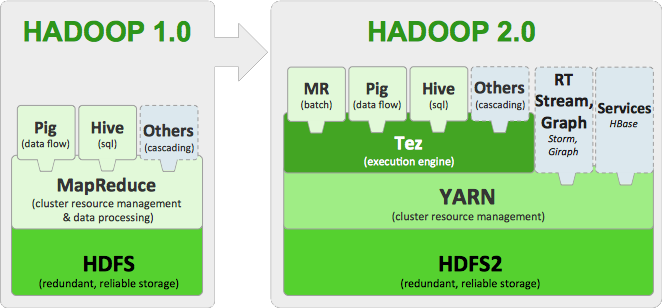Docear 1.0 (stable), a new video, new manual, new homepage, new details page, … by Joeran Beel.
From the post:
It’s been almost two years since we released the first private Alpha of Docear and today, October 17 2013, Docear 1.0 (stable) is finally available for Windows, Mac, and Linux to download. We are really proud of what we accomplished in the past years and we think that Docear is better than ever. In addition to all the enhancements we made during the past years, we completely rewrote the manual with step-by-step instructions including an overview of supported PDF viewers, we changed the homepage, we created a new video, and we made the features & details page much more comprehensive. For those who already use Docear 1.0 RC4, there are not many changes (just a few bug fixes). For new users, we would like to explain what Docear is and what makes it so special.
Docear is a unique solution to academic literature management that helps you to organize, create, and discover academic literature. The three most distinct features of Docear are:
- A single-section user-interface that differs significantly from the interfaces you know from Zotero, JabRef, Mendeley, Endnote, … and that allows a more comprehensive organization of your electronic literature (PDFs) and the annotations you created (i.e highlighted text, comments, and bookmarks).
- A ‘literature suite concept’ that allows you to draft and write your own assignments, papers, theses, books, etc. based on the annotations you previously created.
- A research paper recommender system that allows you to discover new academic literature.
Aside from Docear’s unique approach, Docear offers many features more. In particular, we would like to point out that Docear is free, open source, not evil, and Docear gives you full control over your data. Docear works with standard PDF annotations, so you can use your favorite PDF viewer. Your reference data is directly stored as BibTeX (a text-based format that can be read by almost any other reference manager). Your drafts and folders are stored in Freeplane’s XML format, again a text-based format that is easy to process and understood by several other applications. And although we offer several online services such as PDF metadata retrieval, backup space, and online viewer, we do not force you to register. You can just install Docear on your computer, without any registration, and use 99% of Docear’s functionality.
But let’s get back to Docear’s unique approach for literature management…
Impressive “academic literature management” package!
I have done a lot of research over the years but unaided in large part by citation management software. Perhaps it is time to try a new approach.
Just scanning the documentation it does not appear that I can share my Docear annotations with another user.
Unless we were fortunate enough to have used the same terminology the same way while doing our research.
That is to say any research project I undertake will result in the building of a silo that is useful to me, but that others will have to duplicate.
If true, I just scanned the documentation, that is an observation and not a criticism.
I will keep track of my experience with a view towards suggesting changes that could make Docear more transparent.
